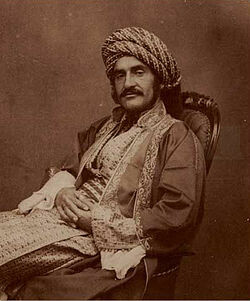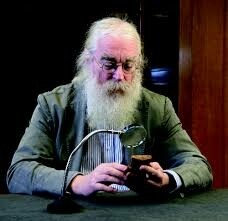Beginning of Human Rights by Shiraz Mehboob (sites to read books for free .TXT) 📖

- Author: Shiraz Mehboob
Book online «Beginning of Human Rights by Shiraz Mehboob (sites to read books for free .TXT) 📖». Author Shiraz Mehboob
Cyrus the Great (c 600 or 576 – 530 BC) figures in the Hebrew Bible as the patron and deliverer of the Jews. He is mentioned 23 times by name and alluded to several times more. From these statements it appears that Cyrus the Great, King of Persia, was the monarch under whom the Babylonian Captivity ended.
& in 539 B.C conquered he freed the slaves, declared that all people had the right to choose their own religion, and established racial equality. These and other decrees were recorded on a baked-clay cylinder in the Akkadian language with cuneiform script.
Known today as the Cyrus Cylinder, this ancient record has now been recognized as the world’s first charter of human rights according to western culture. It is translated into all six official languages of the United Nations and its provisions parallel the first four Articles of the Universal Declaration of Human Rights. This ancient clay cylinder, now broken into several pieces, it was discovered in the ruins of Babylon in Mesopotamia (Modern Iraq) in 1879 by Assyro-British archaeologist Hormuzud Rassam during a lengthy programme of excavations in Mesopotamia (Modern Iraq) carried out for the British Museum

Hormuzd Rassam (1826 – 16 September 1910), was a Chaldean Mesopotamian archeologist who made a number of important discoveries from 1877 to 1882, including the clay tablets that contained the Epic of Gilgamesh, the world's oldest literature. He is accepted as the first-known Chaldeans, Ottoman and Middle Eastern archaeologist. He was known to be Christian. Later in life, he emigrated to the United Kingdom, where he was naturalized as a British citizen, settling in Brighton. He represented the government as a diplomat, helping to free British diplomats from captivity in Ethiopia.
This ancient clay cylinder is currently in the possession of the British Museum, which sponsored the expedition that discovered the cylinder. Irving Finkel who is currently a British philologist and Assyriologist. He is currently the Assistant Keeper of Ancient Mesopotamian script, languages and cultures in the Department of the Middle East in the British Museum stated that ‘the ancient clay cylinder was for the Babylonian audience and was written in Babylonian language which is a Semitic tongue related to the modern languages of Hebrew language, Arabic Language and Aramaic language. The writing system which Cyrus Official Use was traditional cuneiform script (which was one of the earliest system of writing, invented in Ancient Iraq well before 3000 BC. It was written by pressing a stylus, something a bit like a chopstick into the surface of clay which was nearly dry. The sign which convey the sound of the language consists of different arrangements of the stroke and written one by one and the reader has to join the sound emerges from the clay’. 
According to British Museum ‘the early lines on the excels Cyrus’s virtues & his reasons for invading Babylon’. From Babylon, the idea of human rights spread quickly to India, Greece and eventually Rome. There the concept of “natural law” arose, in observation of the fact that people tended to follow certain unwritten laws in the course of life, and Roman law was based on rational ideas derived from the nature of things. Documents asserting individual rights, such as the Magna Carta (1215), the Petition of Right (1628), the US Constitution (1787), the French Declaration of the Rights of Man and of the Citizen (1789), and the US Bill of Rights (1791) are the written precursors to many of today’s human rights documents. This is the overall beginning of Human Rights in this World.
Imprint
Publication Date: 06-20-2017
All Rights Reserved





Comments (0)